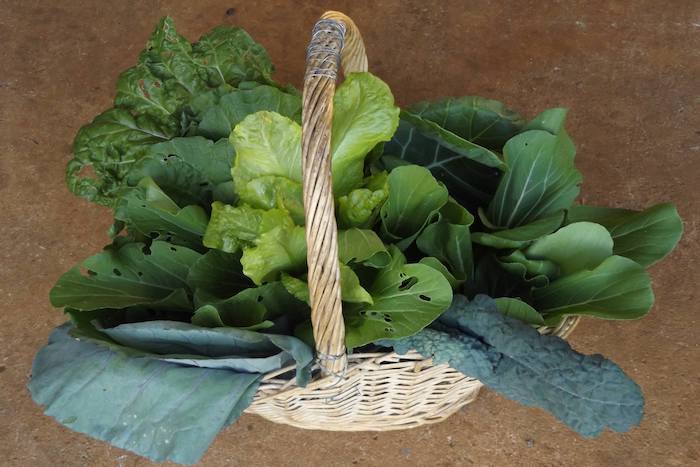Helena Martin co-founded the foraging platform, RipeNearMe. A Singapore native, her travels led her to Malaysia, Sydney, and ultimately Adelaide, South Australia. Here, Helena — a lifelong forager — shares tips to help other urbanites begin their own foresting journeys.
My love affair with fruit goes back a long way. Our property had many fruit trees and I climbed almost all of them in spite of insect bites and other hazards. As kids, we were the best neighbourhood foragers although our fearlessness often landed us in trouble.
Neighbours were receptive to us kids, although I have now knocked on many doors and offered to pay for fruit and have been told to help myself. People tell me they would rather see the food eaten than rot on the ground as they don’t know what to do with the surplus.
Our modus operandi was, and still is, to scour the neighbourhood for anything edible and keep a record of what’s around. (I no longer climb fences so I can’t always see what is grown in the back, although I do ask). We had been warned about what fruit was edible and, if in doubt, to leave well alone. We sussed out the friendly neighbours and gave the unfriendly ones a wide berth.
Nowadays I drive and can go further but my MO remains the same. In the 10 km radius of where I live I can source 80% of my favourite fruit, mostly for free, for a token sum, or in exchange for my own homegrown produce. There are also fruit trees in community gardens and public areas. Today we feasted on sweet public mulberries, picked off the trees and straight into our mouths. Life doesn’t get better than this.

…click on the above link to read the rest of the article…
























